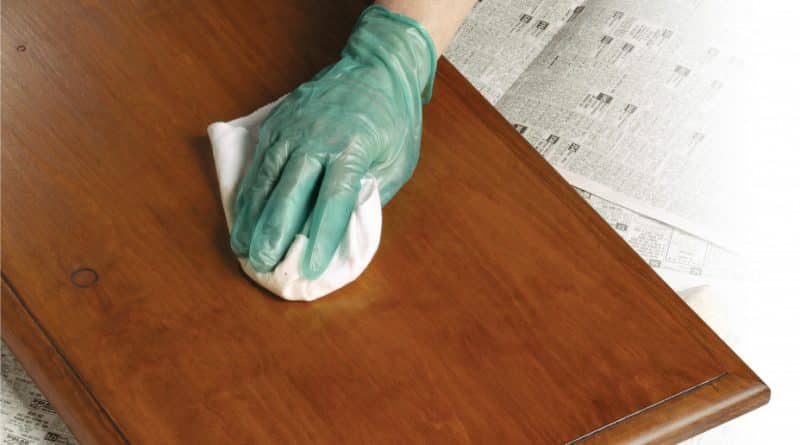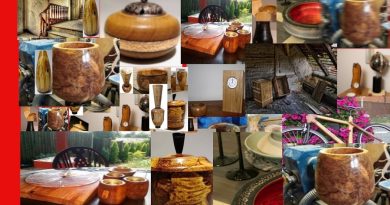Tips For Getting A Dark Finish When Staining Pine Wood
If you need to finish a trim or furniture piece made of pine, and you’re trying to stain the wood dark, you might run into problems getting the rich, dark tone that you would like.
And even if you obtain the deep, dark stain color you wanted, why are your results looking so “blotchy?”
To stain pine wood dark, every time, follow these steps.
Start with sanding
First things first, with any staining task, give the wood a good sanding. You’re going to want to do this by hand. Pine wood is a softwood, and if you use a power sander, you’ll often wind up with some noticeable scratches once you apply stain to the wood. There’s no easy way out of this, a manual sanding job is required.
To ensure a dark finish, use a medium-grit sanding sponge or the equivalent sandpaper, which is about 100-grit. The sanding sponge is best for trim molding that has curves and fine crevices. It’s the best option for conforming to the curves and getting into the nooks and crannies. If you’ve got a strictly flat surface, wrap a small square piece of sandpaper around a sanding block (a simple block of wood will do) and sand with the grain, but at a slight angle.
Why at a slight angle? Pine wood grain is characterized by the light, softer “earlywood” and darker, harder “latewood.” By not cutting across the grain just a little, you are going to sand down more earlywood than latewood and end up with a relatively wavy surface, instead of the flat surface you’re looking to achieve.
If you’re after a darker finish, don’t sand with grit any finer than medium or 100-grit. Sanding with this slightly rough grit helps to open the pores of the pine wood, which will accept more stains. What you don’t want to do is use a fine sanding sponge or 180-grit (or higher) sandpaper. This effectively polishes the wood and closes off the wood pores, making it tougher to stain the pine dark.
Eliminate blotchy finished pine after a thorough sand job, vacuum the project, and then use a tag rag to wipe up all of the remaining dust particles.
Finished pine can look blotchy because of the different growth cycles of the wood (and is also dependent on how the final piece was cut.) To eliminate this unsightly problem, pick up a can of pre-stain wood conditioner at your local home center or paint store. The wood conditioner ensures a more uniform stain color by closing off some of the larger pores and reducing stain absorption in those areas.
However, making use of the wood conditioner helps make it tougher to stain pine dark. Nevertheless, so long as you’re working with a dark oil-based penetrating stain, you can get the dark shade you would like.
Follow the directions on the can for the wood conditioner. For most types, you’ll need to wait about 15 minutes before applying the stain. But don’t wait too long. Allowing the wood conditioner to dry completely will completely block the wood pores and it will be difficult to achieve the dark color you’re looking for.
Begin staining
How you get the stain on the wood is not important. You can use a foam brush, regular brush, or clean cloth. Apply generously. Try not to get drips, though. To ensure a nice dark finish, wait as long as the manufacturer allows before wiping off the excess stain. Make sure you don’t wait too long though, or else the stain will get tacky and difficult to wipe off.
If your wood is not as dark as you’d hoped for, don’t give up hope. Wait at least a day or more for the piece to dry. Then follow the steps above to re-stain your project. Your pine wood finish will have taken on a deeper, darker shade.
Usually, a few coats of stain will help you achieve the finish results you would like. One more thing to try is to wipe down your piece with mineral spirits before staining again.
Source by Mark Sugar




